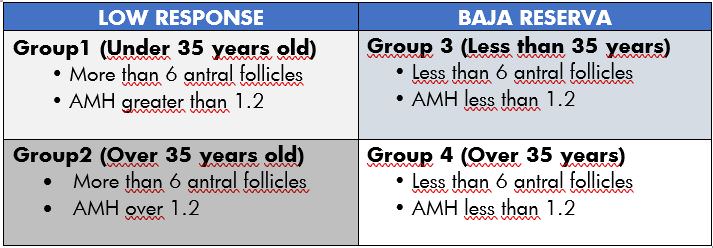7 July, 2020
The low ovarian response

A few days ago, we were talking about the ¨Low Reserve¨ (few eggs); Today we will talk about ¨Low Response¨, often confused, even in medical literature, with the previous one, but with a different origin and treatment.
The ¨Low Response¨ is that situation in which, having sufficient quantity of ovules available in the ovaries, but these do not respond adequately to the treatment; the end result is what makes this situation similar to the “Low Reserve”: few eggs available.
What are the differences compared to low ovarian reserve?
I will illustrate it with an example:
- In a case of a patient with Low Reserve, we start from a maximum of 6 ovules (3 in each ovary) available, if in the end we obtain 3 mature eggs, we could consider it a ¨normal¨ response, despite having few ovules (low reserve ). A few days ago, we were talking about the ¨Low Reserve¨ (few eggs); Today we will talk about ¨Low Response¨, often confused, even in medical literature, with the previous one, but with a different origin and treatment.
The ¨Low Response¨ is that situation in which, having sufficient quantity of ovules available in the ovaries, but these do not respond adequately to the treatment; the end result is what makes this situation similar to the “Low Reserve”: few eggs available.
- We now have a case of a patient with a low response, on ultrasound we see that he has 12 eggs (6 for each ovary), but in the end we only get 3 mature eggs, it would clearly be a low response, despite having enough eggs.
Here are some concepts to continue explaining the topic
What are antral follicles?
- The ovules are found in ovarian structures called follicles, each follicle contains an ovule; Well, these follicles are microscopic, and every month, only a small group of them grows, and they are visible by ultrasound, they are the so-called antral follicles; And only these are the ones that we can stimulate with the famous injections, until they reach a suitable size and maturity for their puncture and egg collection.
- Thus, a woman with a low reserve will have 6 or fewer antral follicles (and eggs) each month, while a woman with a normal or high reserve will have more than those 6 antral follicles each month.
- You understand then, that when we tell a woman that she has X eggs, what we are saying is that she has X eggs per month; Even women with “low reserve” have many more eggs in the ovary, but in a state that, today, we cannot stimulate or recover.
Well, now through a table, devised by a group of researchers and researchers in assisted reproduction (POSEIDON, they called this classification), I will try to illustrate the differences between Low Reserve and Low Response, as you will see, they add, to the follicles antrales (which is what we see with ultrasound), the Anti-mulleriana Hormone (AMH); but its meaning is similar: more Antral Follicles, more Anti-mulleriana Hormone in the blood test; What about the age; which as I always insist, is the most important factor in fertility.
Why is this chart important to understand?

Well, because it marks the prognosis of the patient; and the possibility of having children through IVF (in vitro fertilization) in case you do not become pregnant naturally.
And this possibility goes from highest to lowest, depending on which group you are in
– Group 1: good probability of pregnancy; they are very young, and, with more or less difficulty, we will get eggs for their IVF
– Groups 2 and 3: intermediate probability of pregnancy; those of group 2, are not so young, but we will obtain ovules; in group 3 we will get very few eggs, but since they are very young, those eggs will be of good quality.
– Group 4: they will have less probability of pregnancy, since they have less ovules, it will be added that, due to their age, the quality of the ovules will not be as good as in the previous groups.
What are the causes of the Low Response?
We said that the 2 main causes of the Low Reserve were genetic (women who were born with few eggs) and age (the eggs are lost over time; especially after 30-35 years); other causes are the loss of ovules by surgeries on the ovaries, chemotherapy, etc.
Likewise, the causes of the Low Response are diverse, but among them, the genetic ones stand out:
- Alterations in the ovarian receptors of the FSH Hormone, which makes this hormone unable to work properly.
- Changes in the LH Hormone, which makes it ineffective on its receptors in the ovary.
Other postulated causes are:
- the blocking of FSH ovarian receptors by antibodies against them (it can occur in autoimmune diseases, those in which the immune system mistakenly attacks our own body).
- The excessive decrease in androgens (male hormones), which some women suffer, often linked to age.
• Changes in hormonal balance, which cause the follicles that contain the eggs to be in different stages of development
Dr. Luis García
Medical Director and Specialist in Assisted Human Reproduction and Andrology

At HC Fertility we are experts in highly complex cases, we study and evaluate each case among the entire team to achieve the appropriate and perfect treatment for each patient.

Back to blog
In other news

29 September, 2023
I HC Fertility Open Day.
Last Friday, 22nd September, we held the ‘I HC Fertility Open Day’. ...
[Continue reading ]12 September, 2019
Spain, leading destination for fertility tourism
40% of Europeans who travel abroad to undertake fertility treatment come to Spanish centres, encoura...
[Continue reading ]


